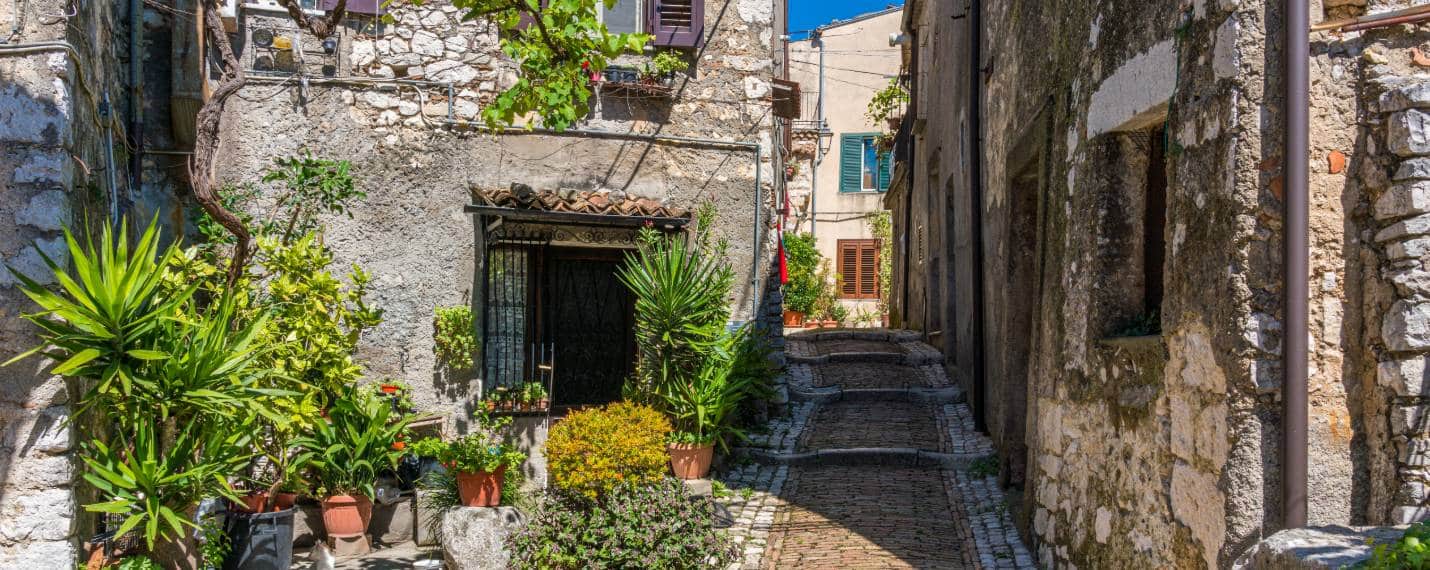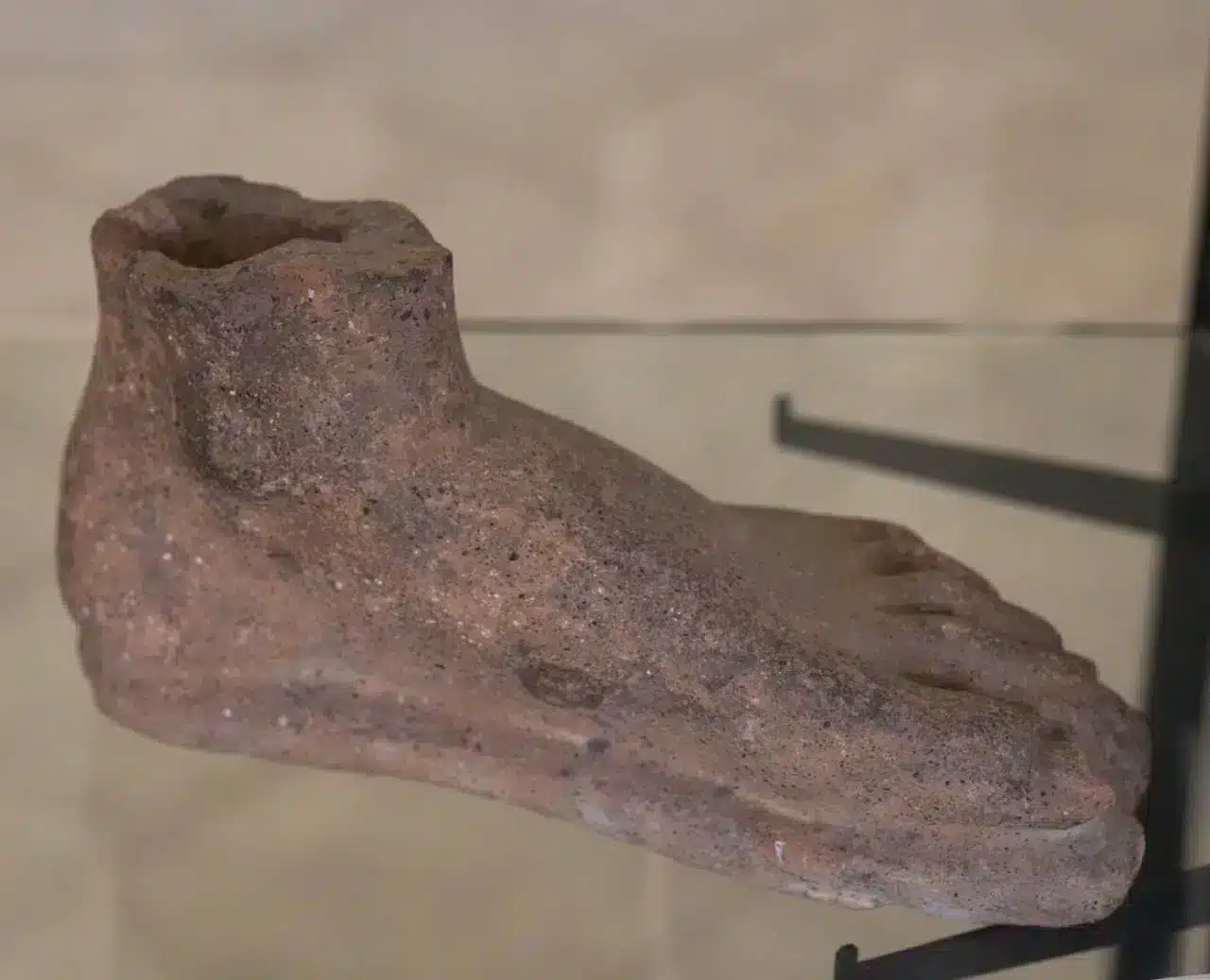The Civic Archaeological Museum of Castro dei Volsci, established in 1994, represents an important cultural and historical reality in the heart of Lower Lazio. Its birth is closely linked to the archaeological area of Casale di Madonna del Piano, where, in the 1980s, excavations were carried out that brought to light a vast Roman villa. This excavation campaign, promoted by the local administration and directed by the Soprintendenza Archeologica del Lazio, revealed a monumental complex that offers a significant cross-section of daily life and religious practices from the Republican age to the early Middle Ages.
The area of Casale di Madonna del Piano covers about 3.5 hectares and presents a continuity of habitation that testifies to human presence in different historical periods. Archaeological finds include a late Republican rustic villa, transformed into a luxurious residence between the 1st and 3rd centuries AD, complete with thermal facilities, kitchens and service rooms. Later, in the 4th century, the villa was converted into a domus culta, a place of worship for a Christian community, with an adjoining worship building and necropolis.
The museum houses a collection of about 700 artifacts, divided into eight thematic sections and a lapidary, illustrating the evolution of the area from Prehistory to the early Middle Ages. Most of the materials on display come from the Roman villa at Madonna del Piano and from archaeological investigations conducted at other sites in the area, such as Monte Nero and Colle della Pece. The finds offer a compelling narrative of the different phases of life and the strategic importance of the area, which lies at the foot of the hill of Castro dei Volsci, along an ancient trade route that connected the coast with the hinterland.
The geographical location of the site influenced settlement dynamics and historical events, contributing to the abandonment of the villa in the 9th century due to Saracen raids, which forced the community to take refuge on the hill, where a monastery dedicated to St. Nicholas arose.
In 2000-2001, the museum underwent a major renovation with funds from the European Community, expanding the exhibition space and allowing better contextualization of the exhibits. The museum is currently directed by Dr. Ilenia Carnevale, an archaeologist who is committed to enhancing the local cultural heritage and promoting awareness and education initiatives.
In short, the Civic Archaeological Museum of Castro dei Volsci is not only a place of preservation of historical artifacts, but also a center of research and dissemination that tells the rich history of a fascinating territory.



